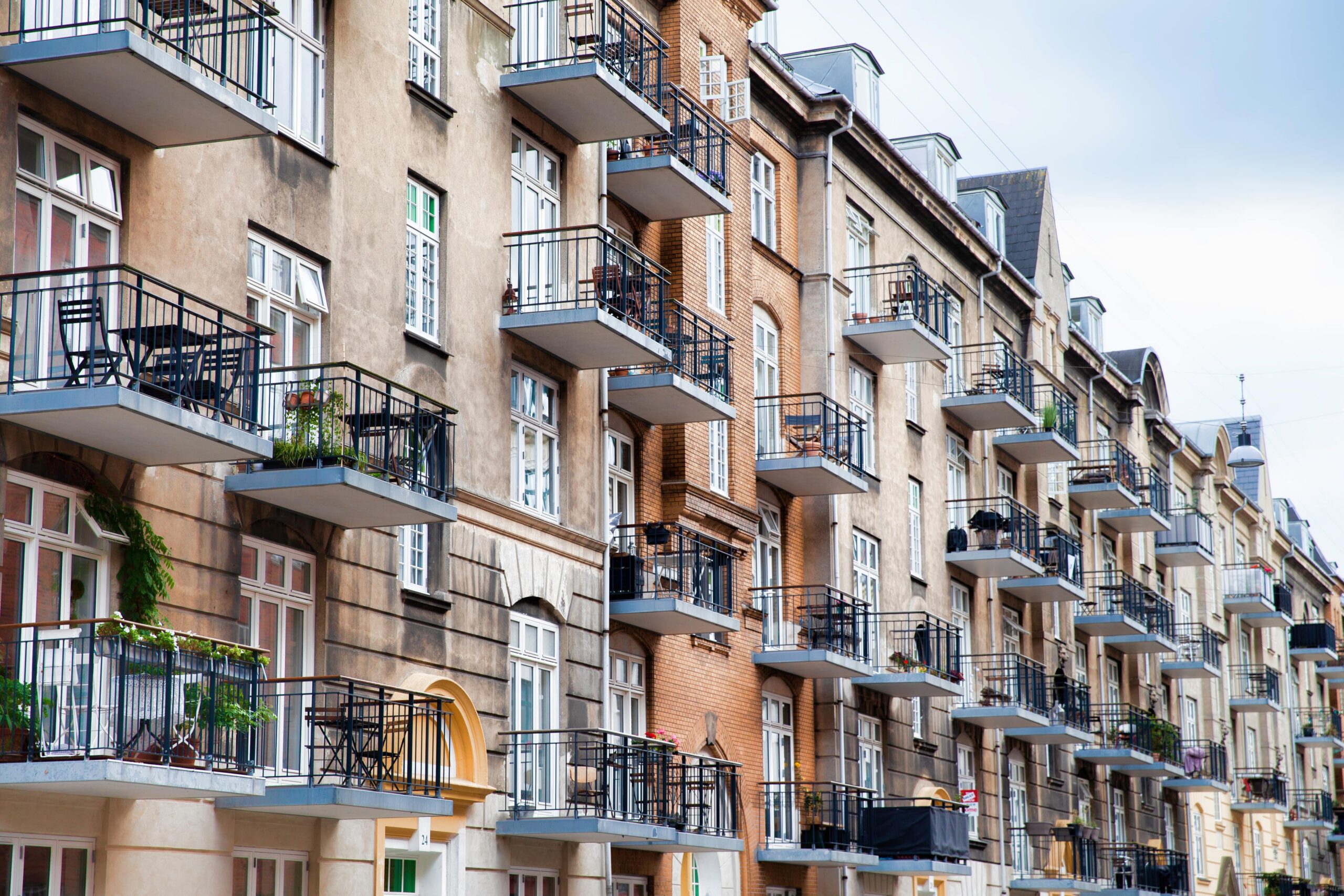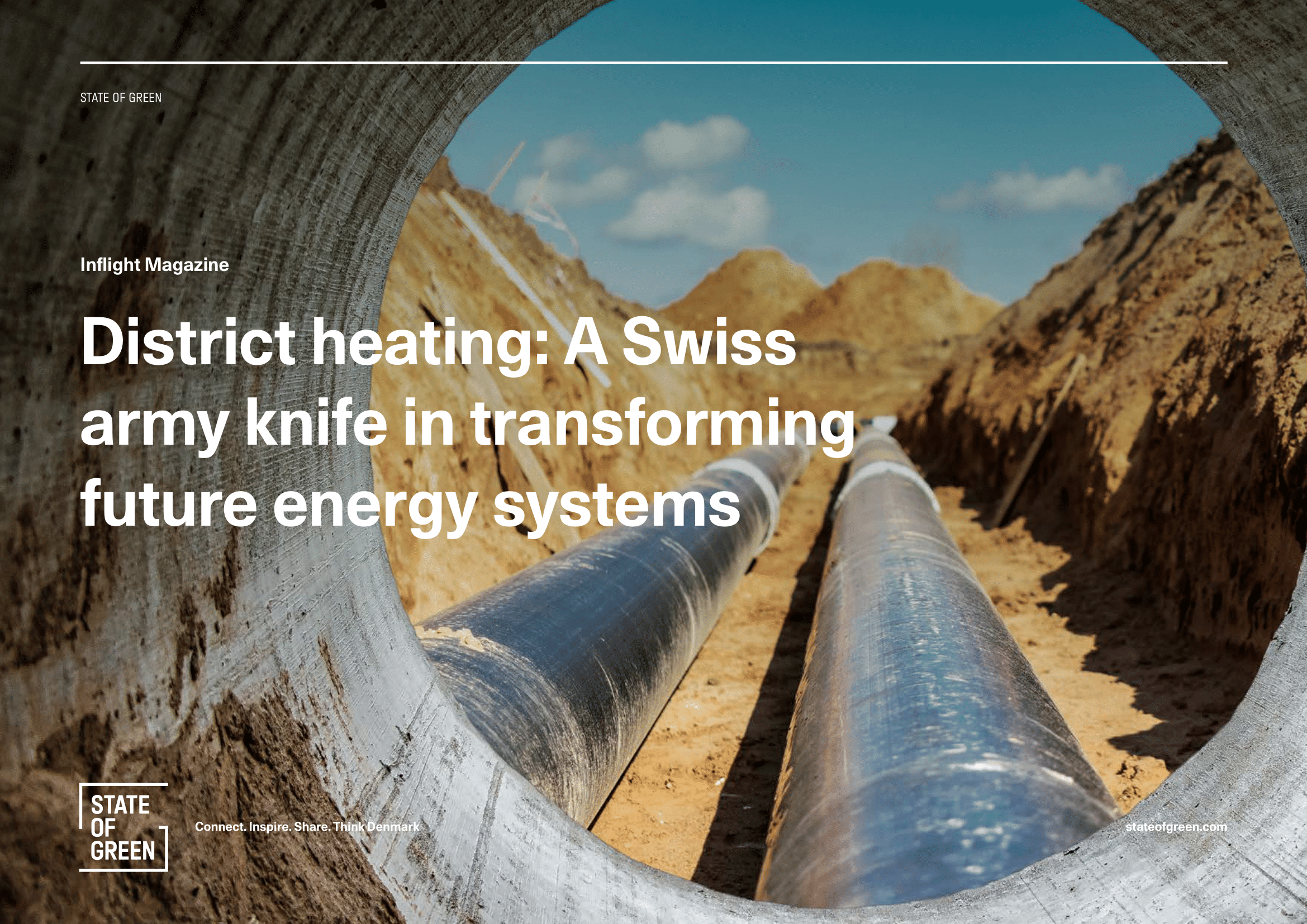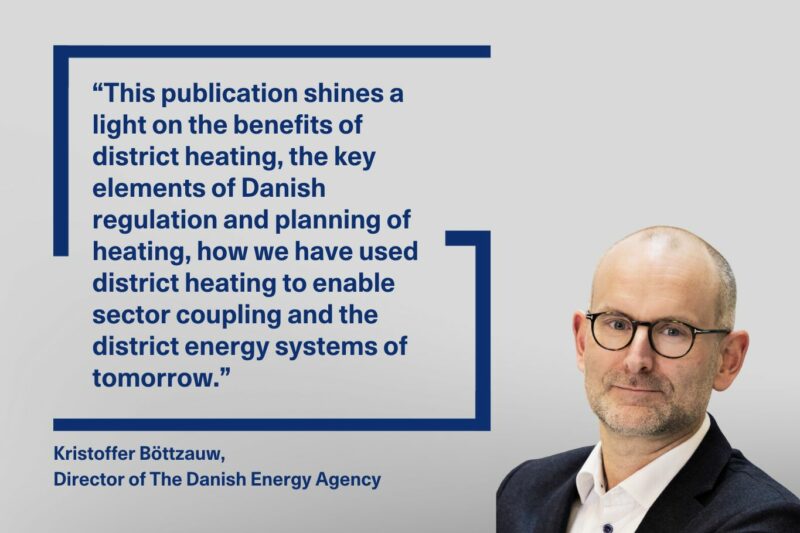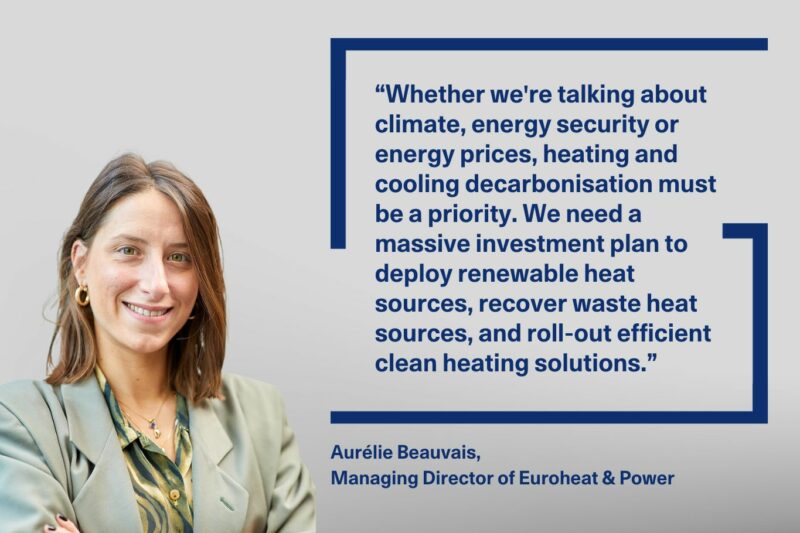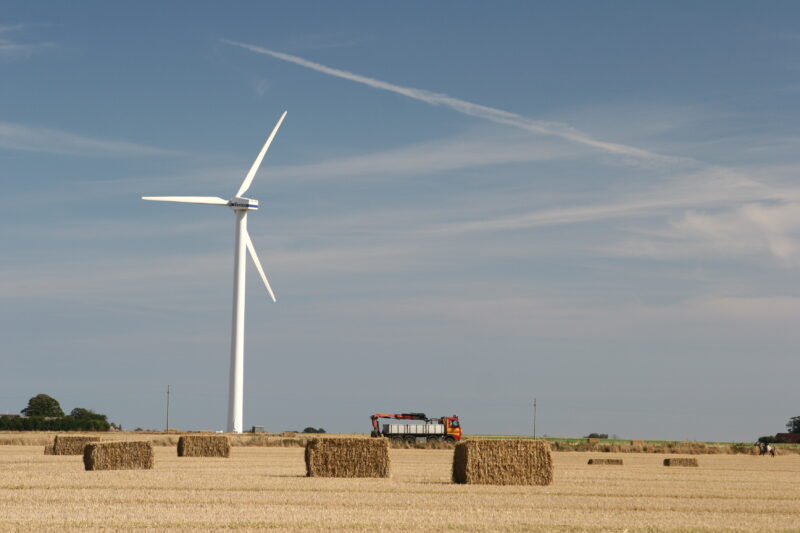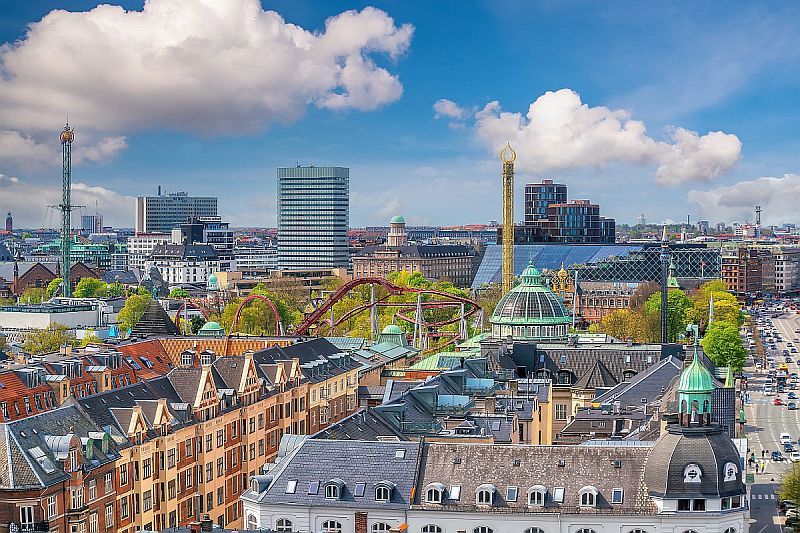In the coming years, the district heating in more than 130,000 apartments in the capital will be produced using renewable energy.
This will be made possible through large heat pumps, in which the utility company, HOFOR, is investing more than 400 million EUR. The first heat pump is already operational, supplying heat to around 3,000 households in Copenhagen. With these pumps, HOFOR expects to reduce the use of biomass by 30-35% in the Danish capital.
The new heat pump utilises heat generated from around 120 of HOFOR’s district cooling customers. This ensures that the heat produced during district cooling is not wasted but instead transferred and distributed as green district heating.
Heat pumps will play an important role in Copenhagen’s transition to use more renewable energy. By using seawater or wastewater, the pumps can be able to extract and enhance the heat through electricity sourced from solar and wind power. This renewable energy is then distributed to homes, providing sustainable district heating to thousands of residents.
By 2033, the new pumps will be distributed across the city, with a total capacity of up to 300 MW of heat. Before implementing these heat pumps, HOFOR spent several years gathering valuable knowledge and integrating advanced technology through three smaller projects, with a combined capacity of 10 MW.
Related news: One third of seawater is now cooled by seawater
Discover Denmark’s green district heating
District heating is a cornerstone in Copenhagen’s efforts to decarbonise its heating system. By utilising a collective system, district energy ensures energy-efficient heating and cooling by transferring valuable thermal energy in water from production to consumption.
Combined Heat and Power (CHP) plants co-generate electricity and heat with efficiency levels exceeding 90%, making it a cost-effective solution for densely populated areas like Copenhagen, where 98% of households are supplied by district heating. The flexibility of district energy allows it to harness a wide range of energy sources, including renewables, with 60% of Denmark’s district heating already powered by renewable energy.
Discover district energy: Supplying energy-efficient heating and cooling through a collective system
